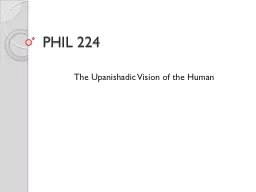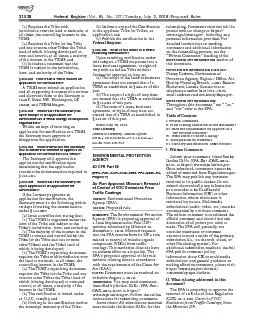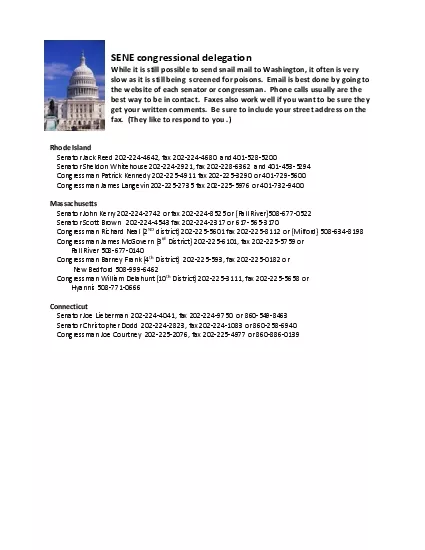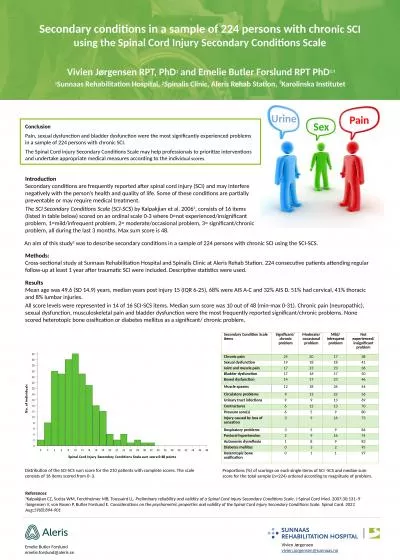PPT-PHIL 224
Author : luanne-stotts | Published Date : 2016-06-21
The Upanishadic Vision of the Human THN s Some Common Features As we will see theories of human nature typically include some common elements Identifying these
Presentation Embed Code
Download Presentation
Download Presentation The PPT/PDF document "PHIL 224" is the property of its rightful owner. Permission is granted to download and print the materials on this website for personal, non-commercial use only, and to display it on your personal computer provided you do not modify the materials and that you retain all copyright notices contained in the materials. By downloading content from our website, you accept the terms of this agreement.
PHIL 224: Transcript
Download Rules Of Document
"PHIL 224"The content belongs to its owner. You may download and print it for personal use, without modification, and keep all copyright notices. By downloading, you agree to these terms.
Related Documents














